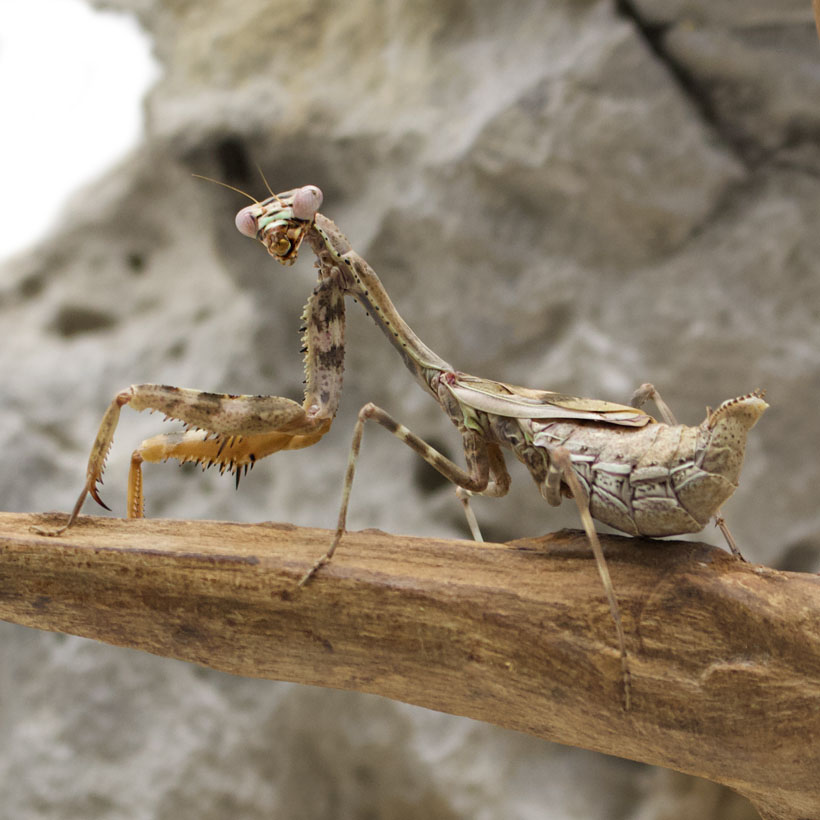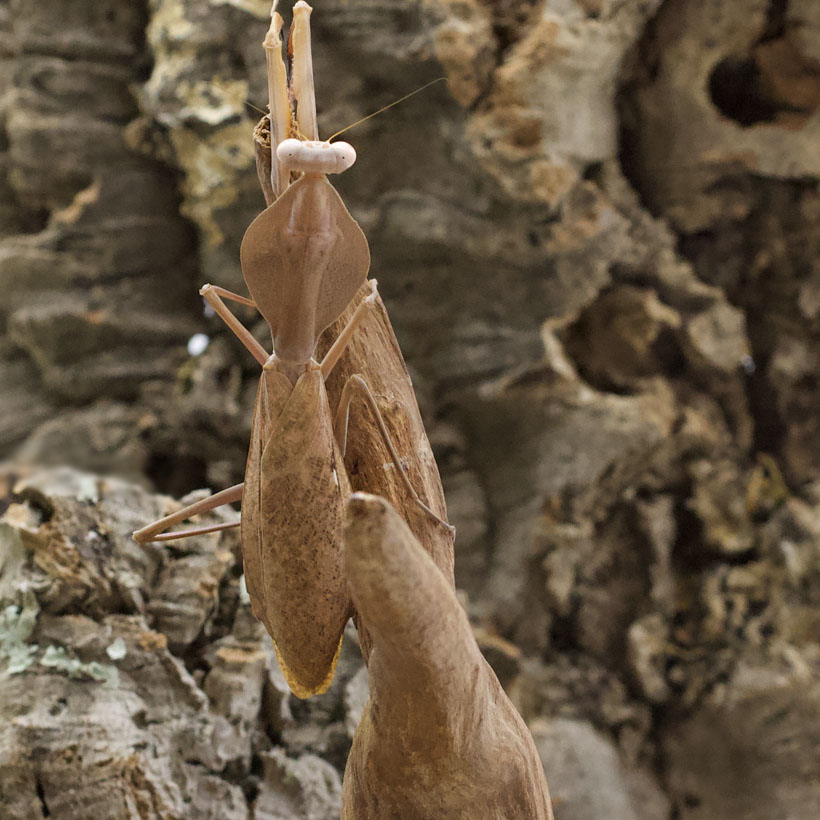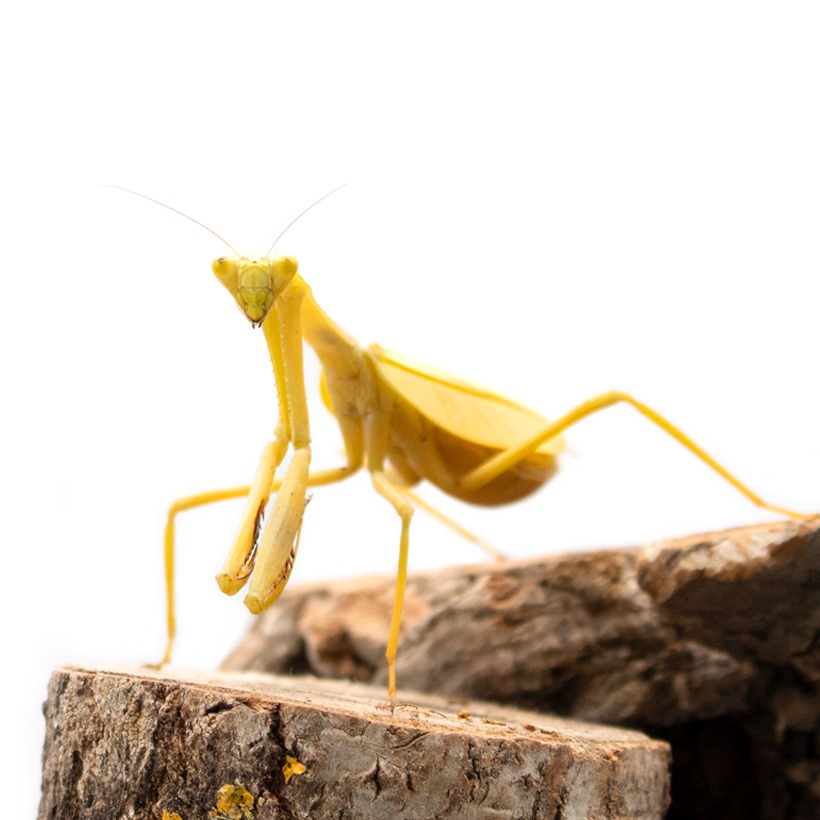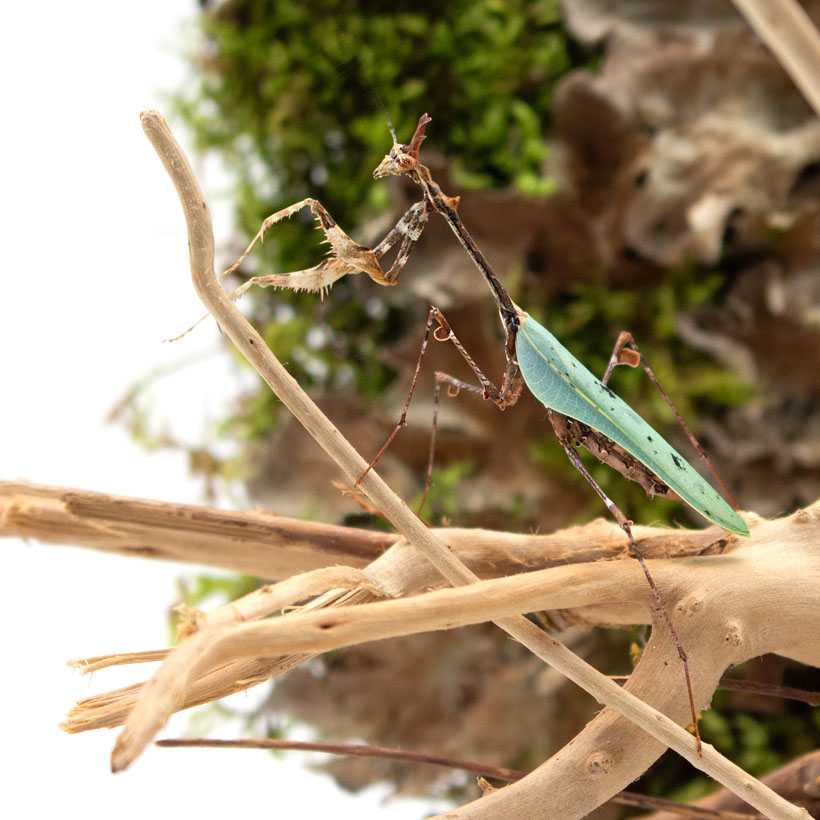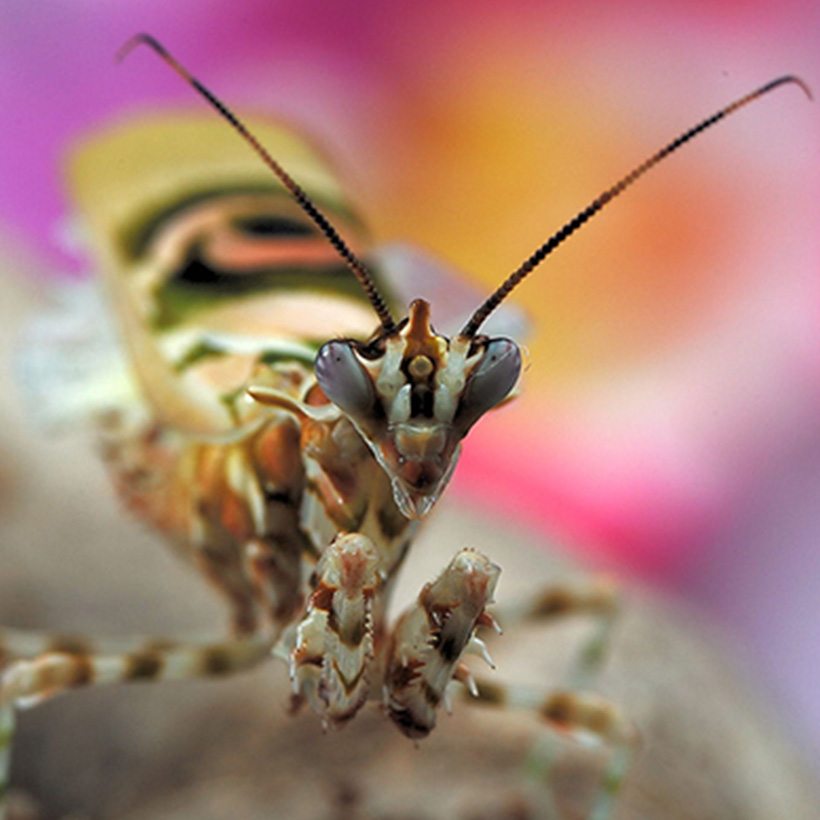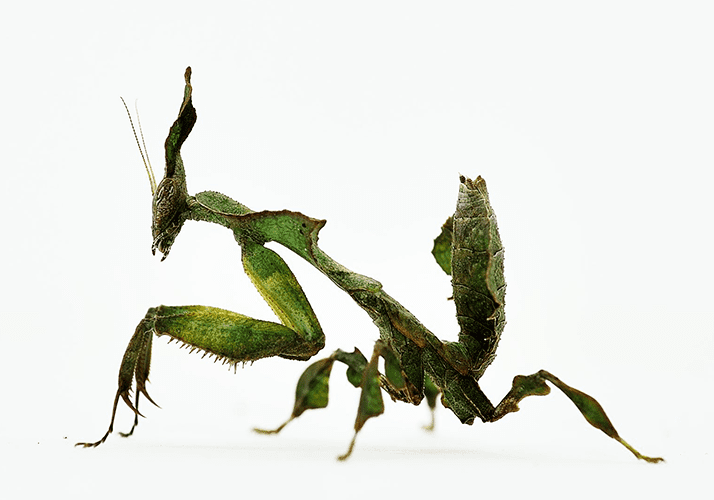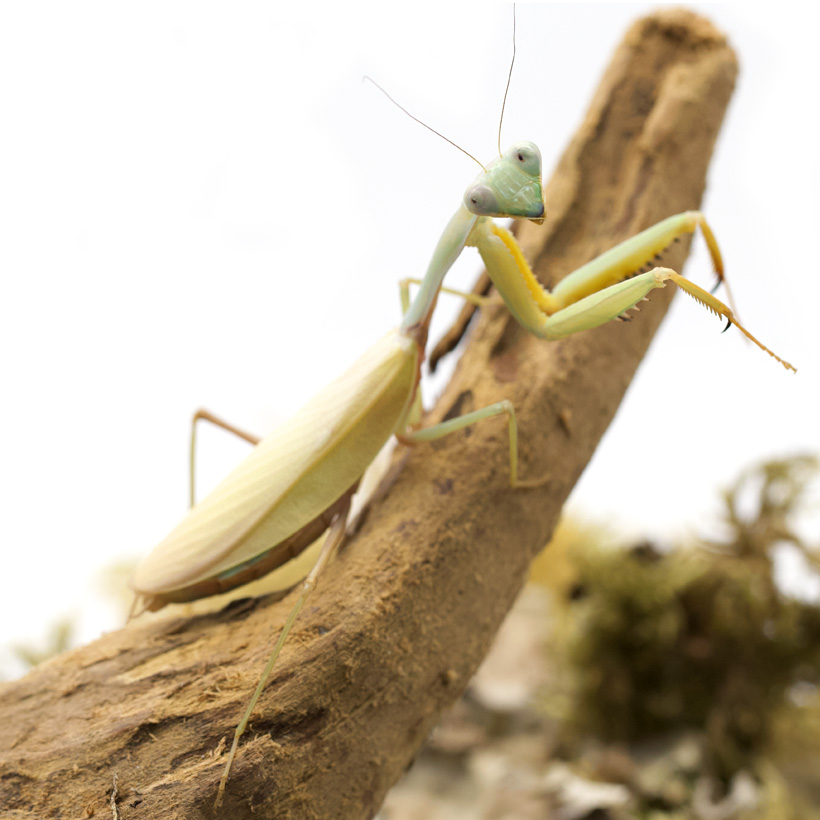Your cart is currently empty!
Light
Kenya
6 CM
27-32 °C
Parasphendale affinis: The steppe hunter from Kenya for your terrarium
The Parasphendale affinis originates from the dry steppes of Kenya and naturally prefers shrubs and bushes as its habitat. This species is known for its impressive size, with females reaching around 6 cm and males around 5 cm. The life expectancy of females is around 1.5 years, while males have a shorter lifespan of around 6 months.
In terms of colour, the Parasphendale affinis presents itself in shades of grey and brown, more rarely also in green, and is characterized by high aggressiveness. It can be kept in groups up to the L3/L4 stage, whereby adult males can also be kept in small groups, which makes keeping this species relatively uncomplicated.
For correct housing, a terrarium with minimum dimensions of 20 x 20 x 20 cm is recommended for keeping individuals, and a space of at least 30 x 30 x 30 cm for keeping groups of 3-4 adult males. Double ventilation should be provided to ensure good air circulation and avoid stagnant air. Temperatures should be between 22 and 32 °C during the day, lowering to room temperature at night is unproblematic.
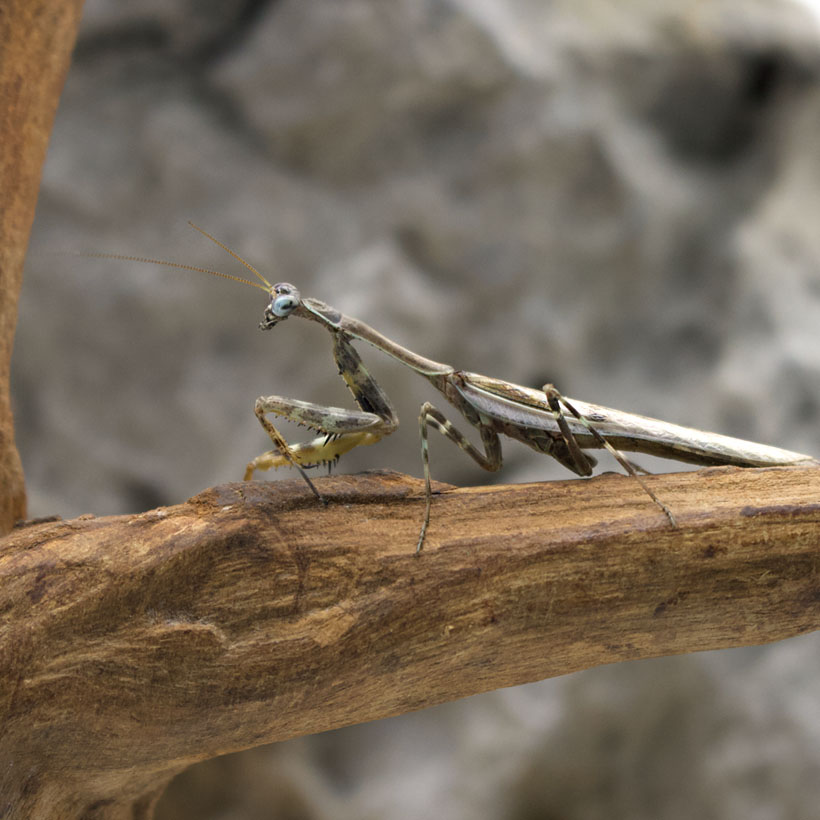
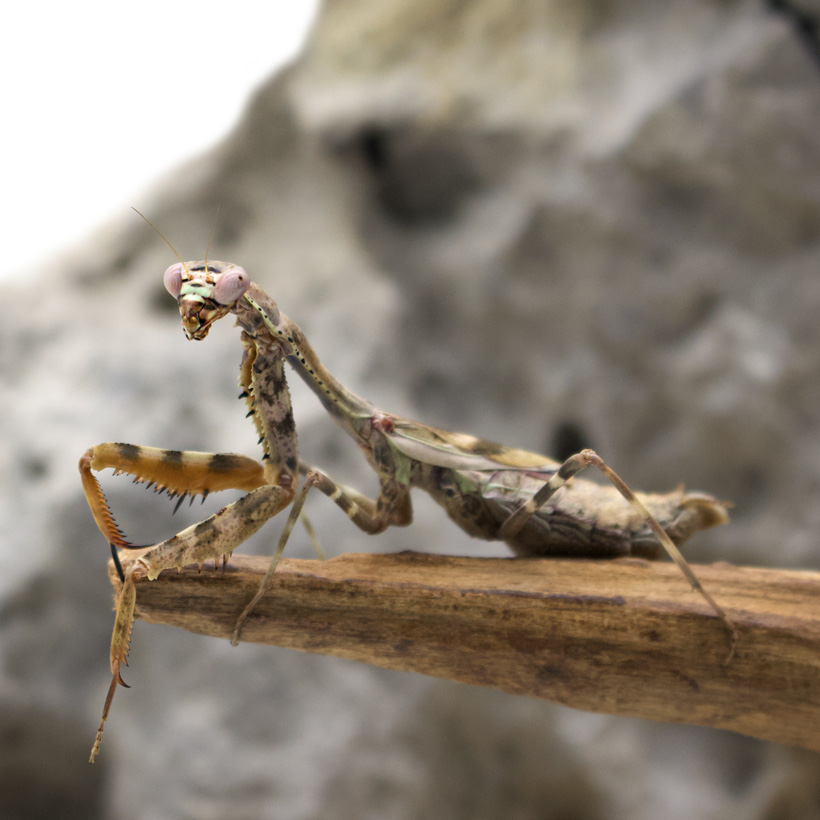
The relative humidity should be around 40 – 60 % and the terrarium should be sprayed approximately every three days.
Materials such as soil, sand, kitchen paper, gravel or coco humus are suitable as substrate. Branches and pieces of bark are decorative and functional, providing the Parasphendale affinis with climbing opportunities and hiding places. Both live and artificial plants can be used to decorate the terrarium, although care must be taken to ensure that no toxic substances can reach the animals.
The diet of Parasphendale affinis should be varied and include small to medium-sized insects, from fruit flies in the first larval stages to gold flies and blowflies in the adult stage. Cockroaches of a suitable size can also be fed.
Breeding this interesting species can also be exciting, with up to 8 oothecae per female and a high hatching rate, providing ample opportunity to observe the development of these fascinating insects up close.
